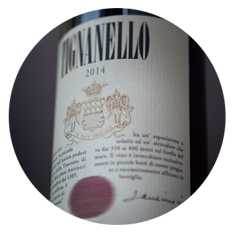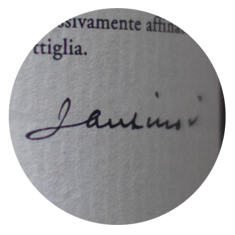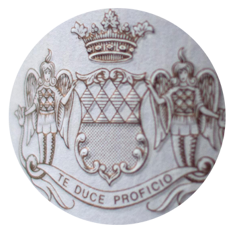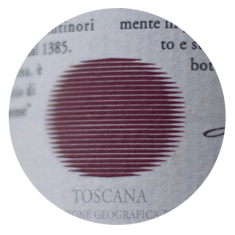Tignanello
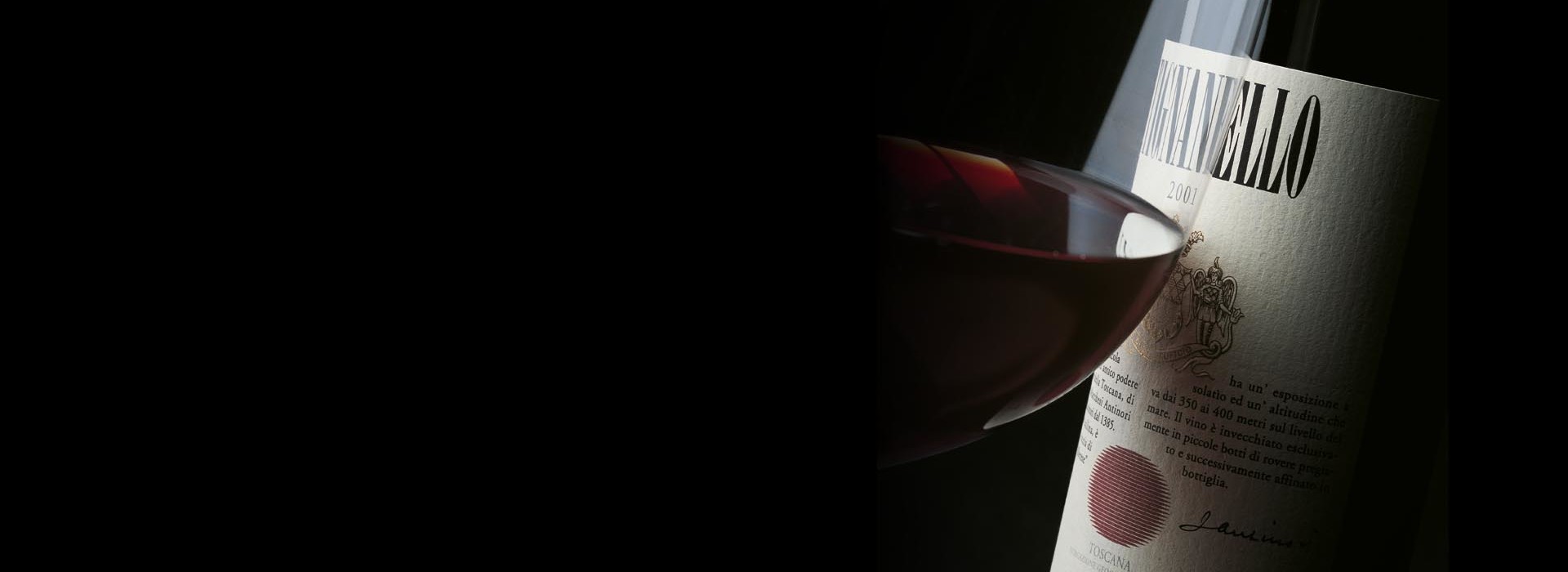
The Wine
Tignanello was the first Sangiovese to be aged in barriques, the first contemporary red wine blended with untraditional varieties (specifically Cabernet) and one of the first red wines in the Chianti Classico region that didn’t use white grapes. Tignanello is a milestone. It’s produced with a selection of Sangiovese, Cabernet Sauvignon and Cabernet Franc.
Historical Data
Tignanello is produced exclusively from the vineyard of the same name, a parcel of some 140 acres (57 hectares) with limestone-rich soils and a southwestern exposure at 1150-1325 feets (350-400 meters) above sea level at the Tignanello estate. It was the first Sangiovese wine to be aged in small oak barrels, the first modern red wine to use such non-traditional varieties as Cabernet in the blend, and among the first red wines from the Chianti Classico area to be produced without white grapes. The wine, originally called "Chianti Classico Riserva Vigneto Tignanello" (a Chianti Classico Riserva from the Tignanello vineyard), was produced for the first time from a single vineyard parcel in 1970, when the blend contained 20% of Canaiolo and 5% of Trebbiano and Malvasia, both white grapes, and the wine aged in small oak barrels. In 1971 it became a Tuscan red table wine rather than a Chianti Classico, and was called Tignanello. In the 1975 vintage the percentage of white grapes was definitively eliminated from the blend. Ever since 1982, the blend has been the one currently used. Tignanello is bottled only in favorable vintages, and was not produced in 1972, 1973,1974, 1976, 1984, 1992, and 2002.
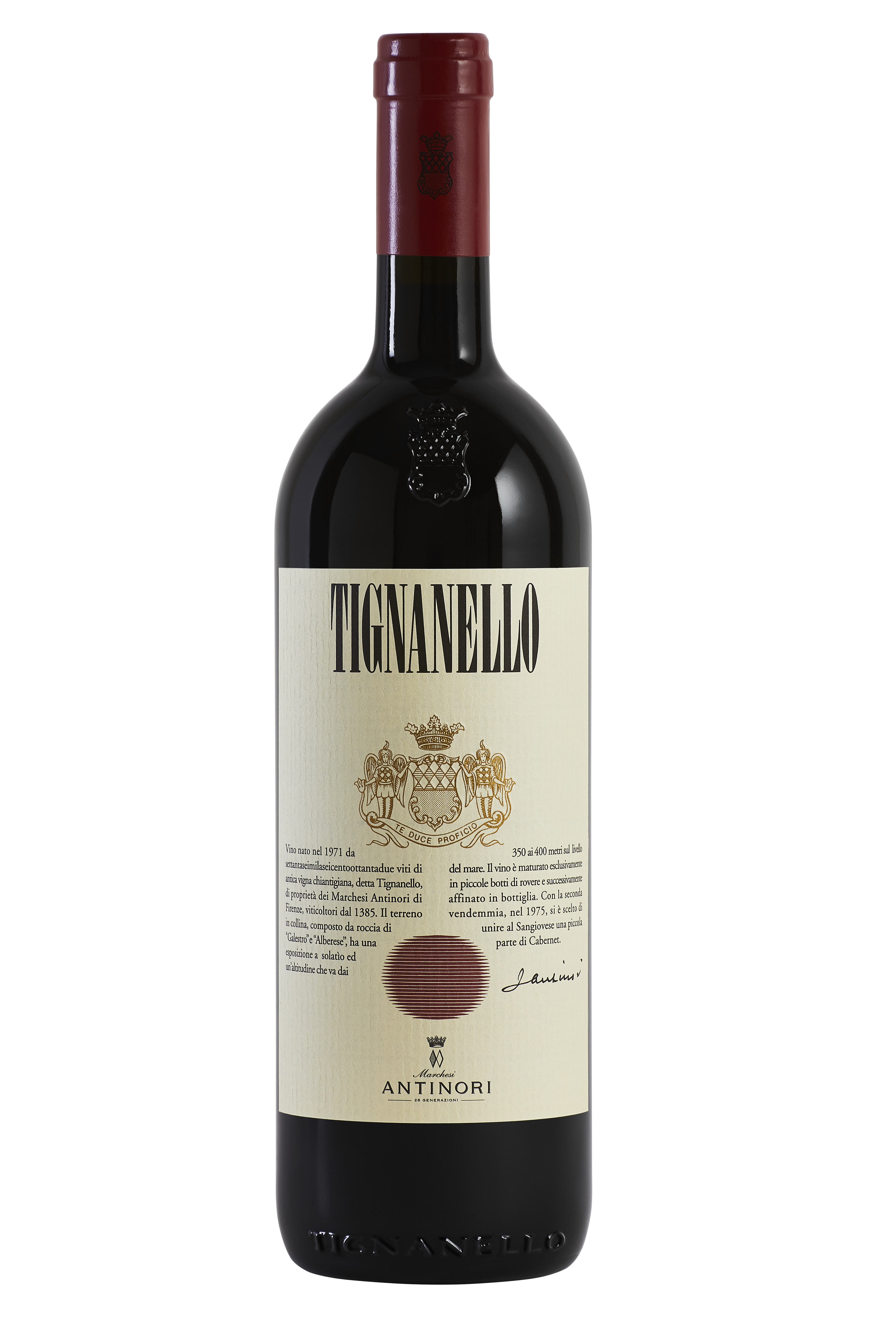
The Wine
Tignanello was the first Sangiovese to be aged in barriques, the first contemporary red wine blended with untraditional varieties (specifically Cabernet) and one of the first red wines in the Chianti Classico region that didn’t use white grapes. Tignanello is a milestone. It’s produced with a selection of Sangiovese, Cabernet Sauvignon and Cabernet Franc.

The Design
The label was designed by Silvio Coppola in 1974 for the release of Tignanello 1971. The idea to commission this artist was discussed at an event at Castello della Sala in 1973. Silvio Coppola was an important Italian graphic and interior designer who was famous for his minimalist lighting fixtures and austere furniture but also for book cover designs for Italian publishing company Feltrinelli. Silvio Coppola was the perfect match for the job.
The Signature
Marchese Piero Antinori, the current Honorary President, decided to have his father, Niccolò Antinori, sign the label as a sign of recognition for his father’s confidence in him.
Te Duce Proficio
The historic family crest of the Antinori family
The Sun
Tignanello’s stylized “Sun” by Silvio Coppola
Climate
After a mild and dry autumn, the winter of 2012 in Chianti Classico was characterized by cold temperatures and normal rainfall, above all in the months of January and February. Spring began with rather cool and dry weather, causing a slight delay in bud burst and flowering compared to previous years. The months of April and May were marked by ample precipitation, a fundamental factor in enabling the vines to confront the lengthy rainless period which began in June and lasted all the way to the end of August, conditioning the development of vines both in terms of the growth of the canopy and the size and weight of the berries. The rain which fell during the very last days of August brought the vineyard back into balance, assisting the different grape varieties to proceed with regularity towards fully ripening, while the months of September and October, both mild in their temperatures and with normal rainfall, enabled the grapes to ripen properly both in terms of the accumulation of sugars and the physiological maturity of the skins. The harvesting of the grapes was concentrated in the period between September 20th and October 10th, beginning with the Cabernet Franc and Sangiovese and terminating with the Cabernet Sauvignon.
Vinification
The climate of the growing season, particularly that of the summer months, forced an intense and rigorous selection of the grapes both in the vineyard and in the cellar. This careful selection aided in raising the quality level of the grapes utilized for Tignanello which - already unique in themselves both in terms of their typical character and of their quality potential - produced wines of outstanding character and structure. The must, during its fermentation and maceration in the cellar’s conical fermenting tanks, was treated with a maximum care and attention to the freshness of the aromas, the extraction of the color, and the management of the tannins, aiming for elegance and suppleness as the primary characteristics to be achieved. After the wine had been run off its skins, it went into 60 gallon barrels in order to go through a complete malolactic fermentation in oak and bring out, to the maximum possible extent, the finesse and fragrance of the aromas. The aging period then began and lasted - in French and Hungarian oak barrels, partly new and partly used once previously - approximately twelve to fourteen months. During this period, the various lots, fermented and aged separately, variety by variety, took on their definitive character and were blended a few months before being bottled.
Historical Data
Tignanello is produced exclusively from the vineyard of the same name, a parcel of some 140 acres (57 hectares) with limestone-rich soils and a southwestern exposure at 1150-1325 feets (350-400 meters) above sea level at the Tignanello estate. It was the first Sangiovese wine to be aged in small oak barrels, the first modern red wine to use such non-traditional varieties as Cabernet in the blend, and among the first red wines from the Chianti Classico area to be produced without white grapes. The wine, originally called "Chianti Classico Riserva Vigneto Tignanello" (a Chianti Classico Riserva from the Tignanello vineyard), was produced for the first time from a single vineyard parcel in 1970, when the blend contained 20% of Canaiolo and 5% of Trebbiano and Malvasia, both white grapes, and the wine aged in small oak barrels. In 1971 it became a Tuscan red table wine rather than a Chianti Classico, and was called Tignanello. In the 1975 vintage the percentage of white grapes was definitively eliminated from the blend. Ever since 1982, the blend has been the one currently used. Tignanello is bottled only in favorable vintages, and was not produced in 1972, 1973,1974, 1976, 1984, 1992, and 2002.
Tasting Notes
The 2012 Tignanello is an intense ruby red in color with purple highlights. The wine is potent and complex on the nose with spicy notes which mingle with aromas of red fruit, smoke, and balsamic sensations; cherries, plums, liquorice, and rosemary are additionally felt. The flavors are mouth- filling and elegant with much volume and an excellent balance in the texture, and the oak is perfectly fused in the spicy and fruity finish and aftertaste.
Awards
James Suckling 96/100
Scheda
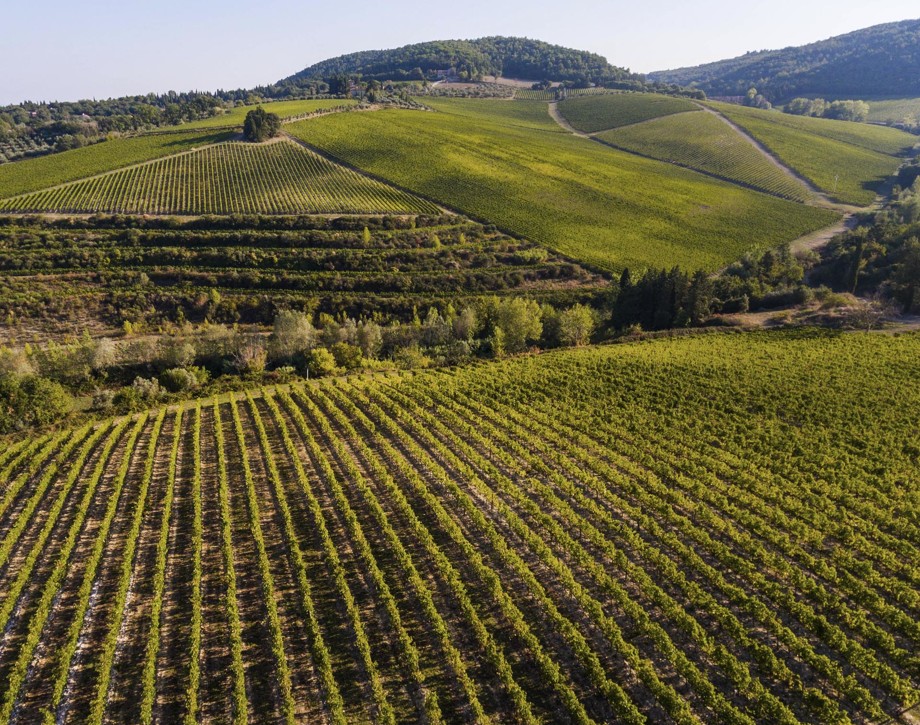
Tenuta Tignanello
The Tenuta Tignanello estate is in the heart of Chianti Classico, in the gently rolling hillsides between the Greve and Pesa river valleys. It extends over an area of 319 hectares (788 acres), of which about 130 (321 acres) are dedicated to vines. Two of the estate’s prized vineyards are on the same hillside, Tignanello and Solaia, on soils that originated from marine marlstone from the Pliocene period rich in limestone and schist. The vines enjoy hot temperatures during the day and cooler evenings throughout the growing season. The estate’s two signature wines, Solaia and Tignanello, are produced from these vineyards and have been defined by the international press as “among the most influential wines in the history of Italian viticulture”. According to Marchesi Antinori, Solaia and Tignanello are an ongoing challenge and a never-ending passion. The Tignanello estate has vineyards of indigenous Sangiovese grapes as well as some other untraditional varieties such as Cabernet Franc.
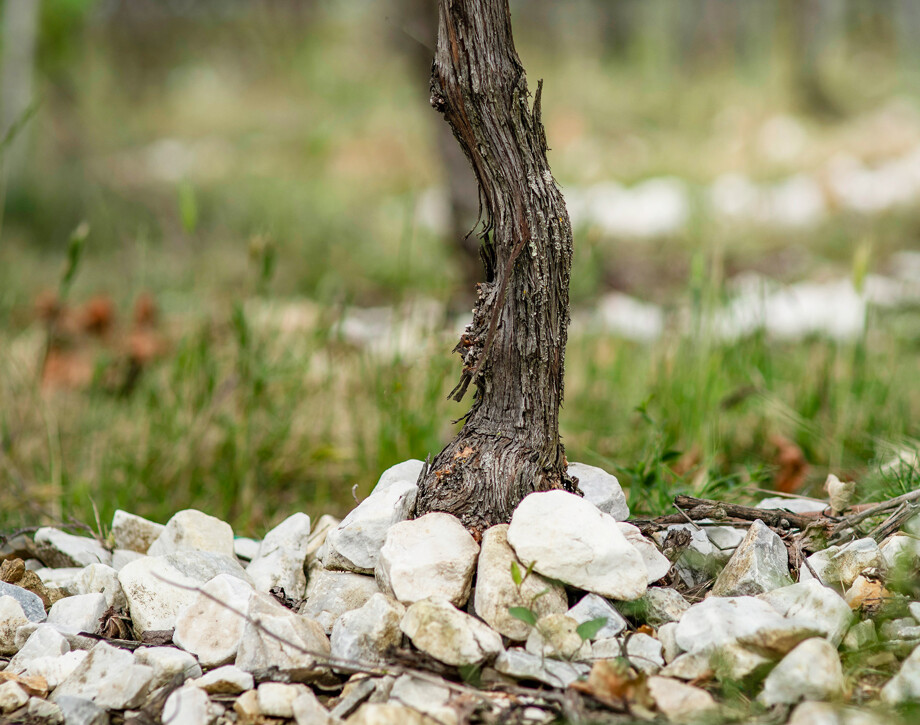
Soil
Calcareous rocky soils with alberese (marl limestone) and marl.
